THE LANDSCAPING SOLUTIONS BLOG
Welcome to our Blog. Inspiration, updates and industry trends from the team at Landscaping Solutions.
REGENERATIVE GARDENING
Landscaping Solutions MD Ben West reminds us of the beneficial impact we can have on a garden’s biodiversity with thoughtful intervention.
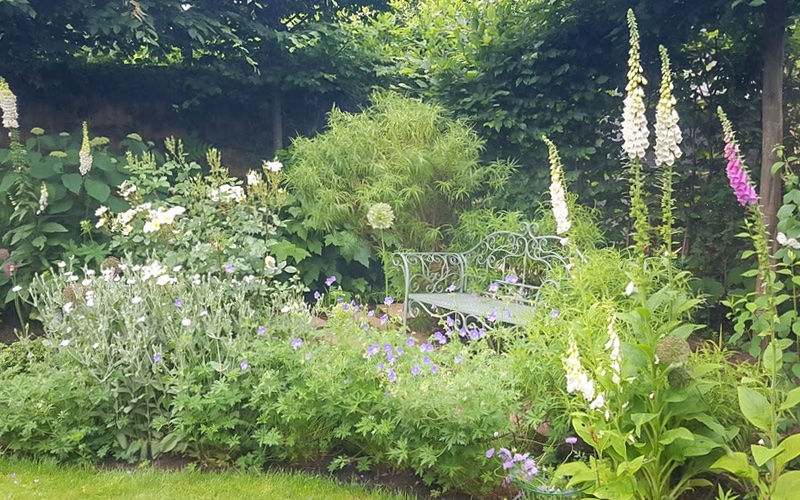
An example of a biodiverse garden by Landscaping Solutions.
Hypericum perforatum, or ‘St John’s Wort’, is a common wildflower used traditionally as a wound herb and more recently as a treatment for depression or a general tonic for lifting the spirits. The plant is named after John the Baptist who is said to have been born six months before Jesus of Nazareth on 24 June and is venerated in the Christian faith as the one who prepared the way for Christ the Redeemer to carry out his work.
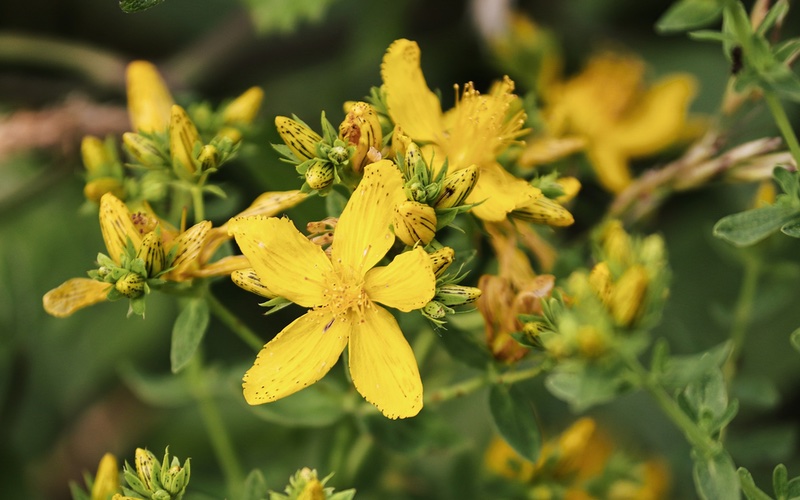
The common wildflower Hypericum perforatum, or ‘St John’s Wort’.
How fitting, then, that on St John’s Day I had the most uplifting and redeeming experience of an otherwise tumultuous year when I tuned in to an online lecture by Fergus Garrett on the subject of biodiversity at Great Dixter House in Sussex. I came away healed, hopeful and with a sense that his vision could prepare the ground for our work as ‘regenerative gardeners’.
Between 2017 and 2019, Fergus commissioned a biodiversity audit of the Dixter estate in order to confirm his hunch that the gardens represented a special place for wildlife and inform his team of how best to manage the land going forward. The audit uncovered a range of interesting findings, the most important, in my opinion, being the discovery that the abundance and variety of life in and around the house and gardens outweighed that of the estate’s hedgerows, meadows, woods and farmland.
The gardens harbour a number of nationally rare and scarce bees, wasps, hoverflies, moths and spiders. One of the ecologists proclaimed the gardens to be one of the most biologically rich sites he had studied in 30 years of surveying. So, what are they doing right at Dixter?
In my last article for the Landscaping Solutions blog, I wrote of the University of Sheffield’s ‘BUGS’ project which studied factors influencing biodiversity in gardens. The BUGS team discovered a number of recurring garden features which increased the quantity and variety of species. All these features are present at Dixter. There is an emphasis on refraining from chemical use and over-zealous mowing. Composting is championed, along with the creation of brash piles and provision of standing dead wood.
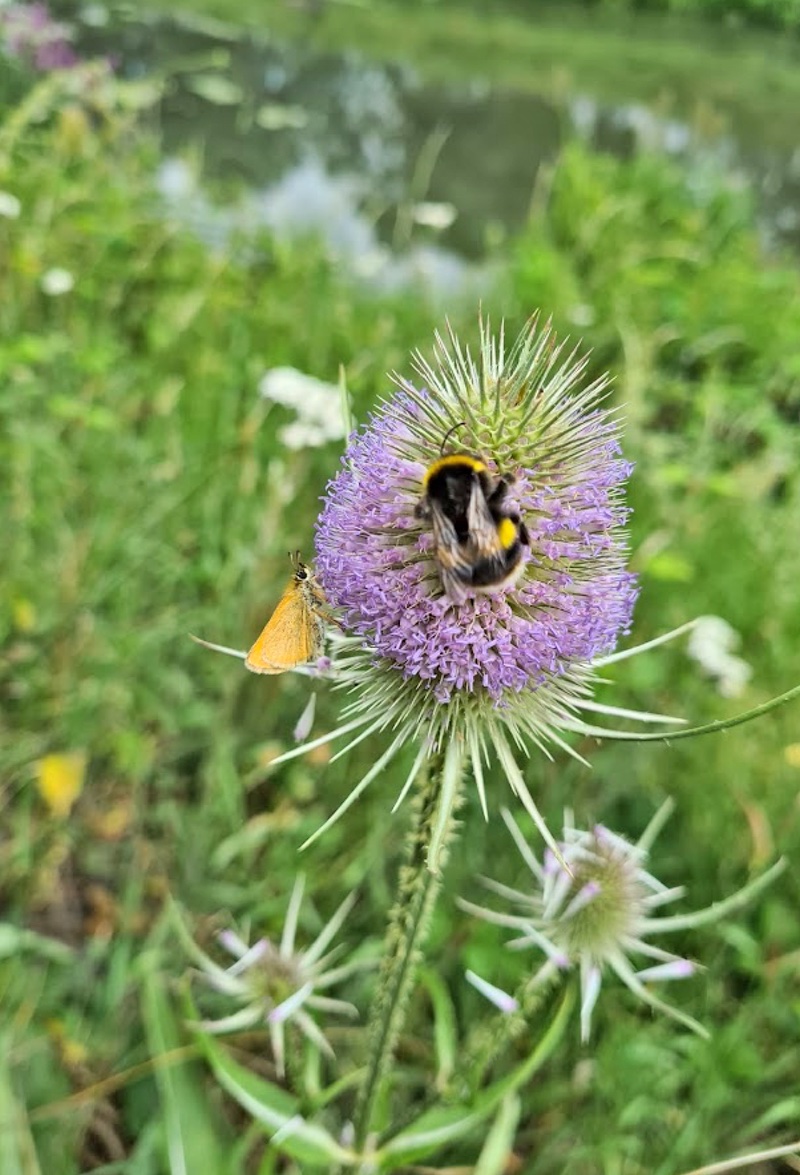
Ponds, water courses and a little untidiness not only add an aesthetic charm but also provide a practical habitat for wildlife.
The garden is famous for its successional planting providing early spring flowering fruit trees, a long-lasting summer mix of natives and exotics and diverse late season pollen and nectar sources. Hard structures have lots of nooks and crannies in which insects, birds and mammals can find shelter and raise young. Ponds and water courses are present and, crucially, there is recognition that ‘untidiness’ adds aesthetic charm as well as practical habitat.
The garden at Dixter is a dynamic and intensely managed landscape in a constant state of change. Man-made change. There is a pervading sense that, for wildlife to thrive, human intervention should be kept to a minimum. The hand of man is generally thought to be a destructive one. However, Dixter highlights humanity’s beneficial influence on the health of the planet and how thoughtful horticulture has a key role in improving biodiversity.
It’s easy to dismiss mankind as a plague on the face of the planet, but examples like Dixter remind us of the positive nature of our position in the web of life and how important gardens and gardeners are to how the picture might pan out. Which impressions will we choose to leave on the canvas of the twenty-first century? The current background is a Turneresque tempest. Will we overlay this with a depiction of the gates of hell or the Garden of Eden? The choice is ours.
Thanks and gratitude to Helen Gazeley for directing me toward the Dixter lecture. Watch it yourself here: www.vimeo.com/ondemand/biodiversitygreatdixter
A WILD VARIETY
Landscaping Solutions MD Ben West explains why only using native plants is not necessarily the best option.
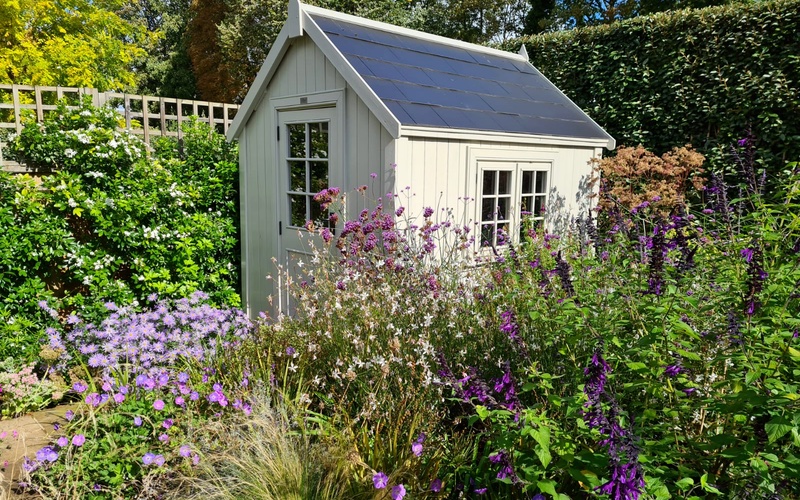
Diverse late Summer herbaceous perennials in a garden built and maintained by Landscaping Solutions in Twickenham, South West London.
In one of our recent blog articles, I extolled the virtues of garden ‘weeds’ in light of their potential to re-connect us with nature; I proposed a move away from our entrenched revulsion toward a position of reverence. As much as I love native wildflowers and have learned much about myself and the wider world from a close relationship with them (not to mention benefitted immeasurably from their medicinal and culinary properties), I don’t want to give the impression I’m an advocate of allowing our plots to go completely to seed. Rather, I’m looking to promote a more laissez faire attitude that permits weeds be cherished rather than demonised in order to improve the biodiversity of our gardens, and our nation, as a consequence.
The key component here is the notion of surrender, of letting go of deeply held opinions when faced with evidence that suggests they might be damaging or just simply unfounded. This is a lesson we can all take on board whatever our feelings on what constitutes a successful garden.
For instance, proponents of wildlife gardening have traditionally espoused using only ‘native’ plants. However, research by Dr. Ken Thompson and his colleagues at the University of Sheffield suggests otherwise. Ken is a plant ecologist who was part of the ‘Biodiversity in Urban Gardens’ or ‘BUGS’ project which investigated the significance of urban gardens in Sheffield for natural diversity back in 2000. Their findings blew apart the doctrine that held ‘native’ superior to ‘alien’ plants in terms of their ability to support wildlife. Ken and the team found that, so long as they delivered the goods in terms of providing food, shelter and a place to raise young, most wildlife didn’t much care for the origins of any particular plant. In fact, more importance rested on schemes that were diverse and varied in flower type and shape, rich in nectar and planted in swathes of the same species. Gardens providing successional planting and extended individual flowering periods also displayed increased biodiversity. In addition, pollinating insects showed a preference for plants closer to the ancestral species rather than highly modified versions such as double flowered varieties.
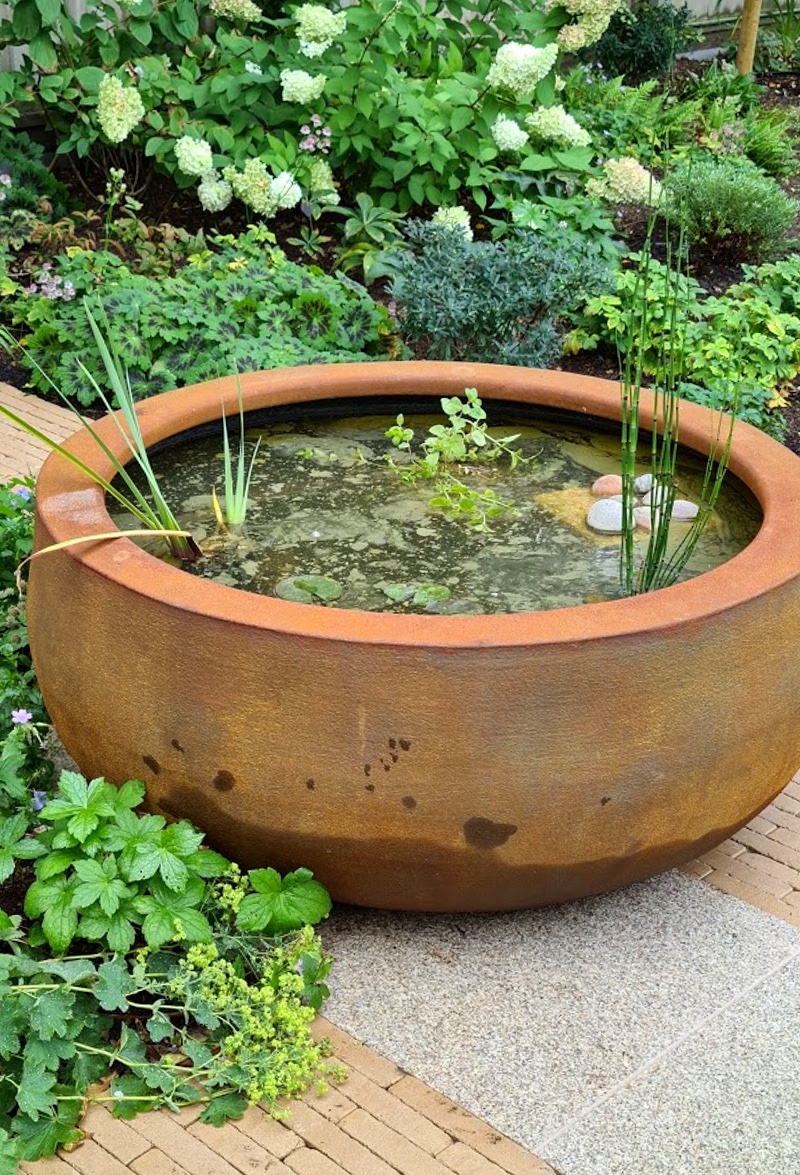
Ponds and water features are just one way of increasing biodiversity in a garden.
The BUGS project also discovered a list of other features those wishing to increase biodiversity should include in their gardens, namely trees, ponds, compost heaps, walls, hedges and, importantly, combinations of the above to provide variation and diversity. The project also stipulated avoiding the following elements: closely mown grass, extensive areas of hard surfacing, the use of chemicals and, last but not least, excessive tidiness.
It has always been my anecdotal experience that nature loves a bit of ordered chaos and this was supported by the BUGS project findings. Think of the grass snake in the compost heap, the whitethroat nest in the bramble patch or the pile of cinnabar moth caterpillars on that scrap of ragwort you forgot to weed out. This is the very essence of wildlife gardening and affirms why a little bit of ‘conscious neglect’ goes a long way. It is important not to understate the significance of loosening up our attitudes. If we are to redress the imbalance that 50+ years of over-zealous gardening has instilled, then we must stop treating gardens like we do the rest of our uptight, downtrodden and increasingly straight-jacketed lives, whichever side of the fence we are on.
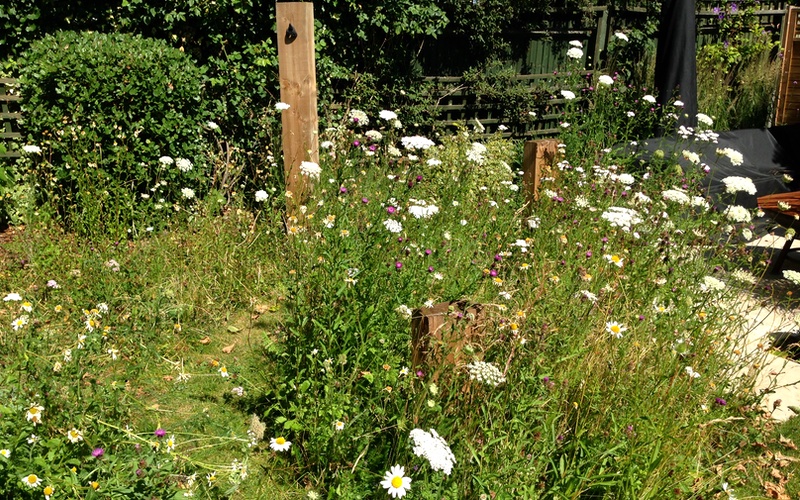
An example of ordered chaos in a garden built and maintained by Landscaping Solutions.
Those wishing to gain a sharper understanding of what wildlife gardening is really all about should read the illuminating ‘No Nettles Required’ by Ken Thompson.
Feel free to drop us a line with your thoughts and feedback on this article at info@landscapingsolutionsltd.co.uk.